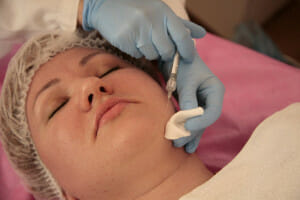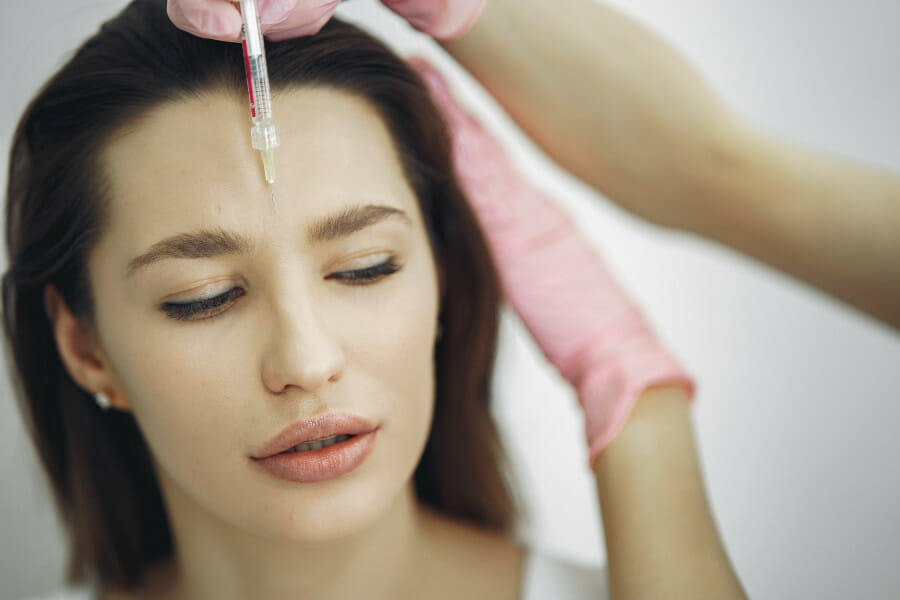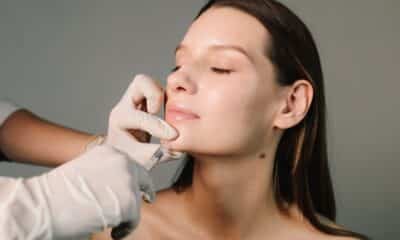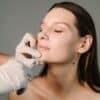The Ideal Time to Consider Botox Treatment and Its Impact Across Different Age Groups like 20s, 30s, 40s, 50s, and Beyond
Dermatologists often emphasize that administering Botox, or any similar injectable neuromodulator aimed at reducing lines, involves both artistry and scientific knowledge. Just as there’s no one definitive method to diminish wrinkles, there isn’t a specific age deemed “right” to start using injectables. However, the experience can vary based on when you choose to undergo your initial treatment. Therefore, we consulted with dermatologists to provide insights into what to anticipate at each age.

According to Dendy Engelman, MD, a board-certified dermatologist in New York City, the likes of Botox (and similar options such as Dysport, Xeomin, and Jeuveau) function by inhibiting dynamic wrinkles through temporarily weakening the underlying muscle. Dynamic wrinkles are formed due to muscle movement during facial expressions. These wrinkles eventually become static lines, visible even at rest. Dr. Engelman explains that with Botox treatment, muscle contraction is lessened, subsequently reducing dynamic wrinkles and potentially softening or eliminating static lines as well.
As our skin undergoes numerous changes with age, wrinkles are inevitably affected. Factors such as decreased collagen and elastin production around age 30, sun exposure, lifestyle choices like smoking, diet, and stress levels all play a part. Therefore, it is essential to consider these aspects and explore how Botox can influence your skin over different decades.
In your 20s
During the 20s, Botox is predominantly used preventatively. At this stage, wrinkles are regarded as “stage one,” appearing temporarily when making specific facial expressions and vanishing shortly after. Dr. Sarmela Sunder, a double-board-certified plastic surgeon based in Los Angeles, clarifies that “preventative Botox” aims to address lines that appear momentarily following facial expressions. The objective is to hinder permanent creases from forming within the skin architecture.
In your 30s
Dr. Carolyn Treasure notes that most individuals seek treatment in their late 20s or early 30s. This period marks a decline in natural collagen and elastin production, with dynamic wrinkles transitioning into static or “stage two” lines. Dr. Sheila Farhang, a board-certified dermatologist, mentions that individuals in their 30s typically receive 25 to 35 units of Botox, commonly known as “Baby Botox.”
In your 40s
By the 40s, wrinkles may have become firmly set, leading to stage three lines. At this phase, Botox is utilized more for treating existing lines rather than preventing new ones. Dr. Sunder explains that for individuals with stage three lines, as the Botox wears off, the lines become more visible since they are more deeply etched.
In your 50s and beyond
Progressing to stage four wrinkles characterized by deeply etched lines implies that Botox’s efficacy might be limited. While Botox can help soften muscle movement and prevent lines from deepening further, it may not entirely reverse already formed lines. Supplementing Botox with additional treatments such as lasers, microneedling, or peels may be necessary to fully address these deep-seated lines.

Additional Considerations
Commencing Botox treatment early can bring benefits and challenges. While early treatment can deter wrinkle formation, excessive use can lead to decreased effectiveness over time. In situations where lines are deeply etched, alternative treatments might be required since Botox alone may not suffice. Ultimately, the decision on when, or if, to address wrinkles with injections is a personal choice. Armed with this information, you can make an informed decision on your preferred course of action.
For more beauty insights from our editors, join Well+Good’s Fine Print Facebook group (and follow us on Instagram) for essential tips and tricks.

















